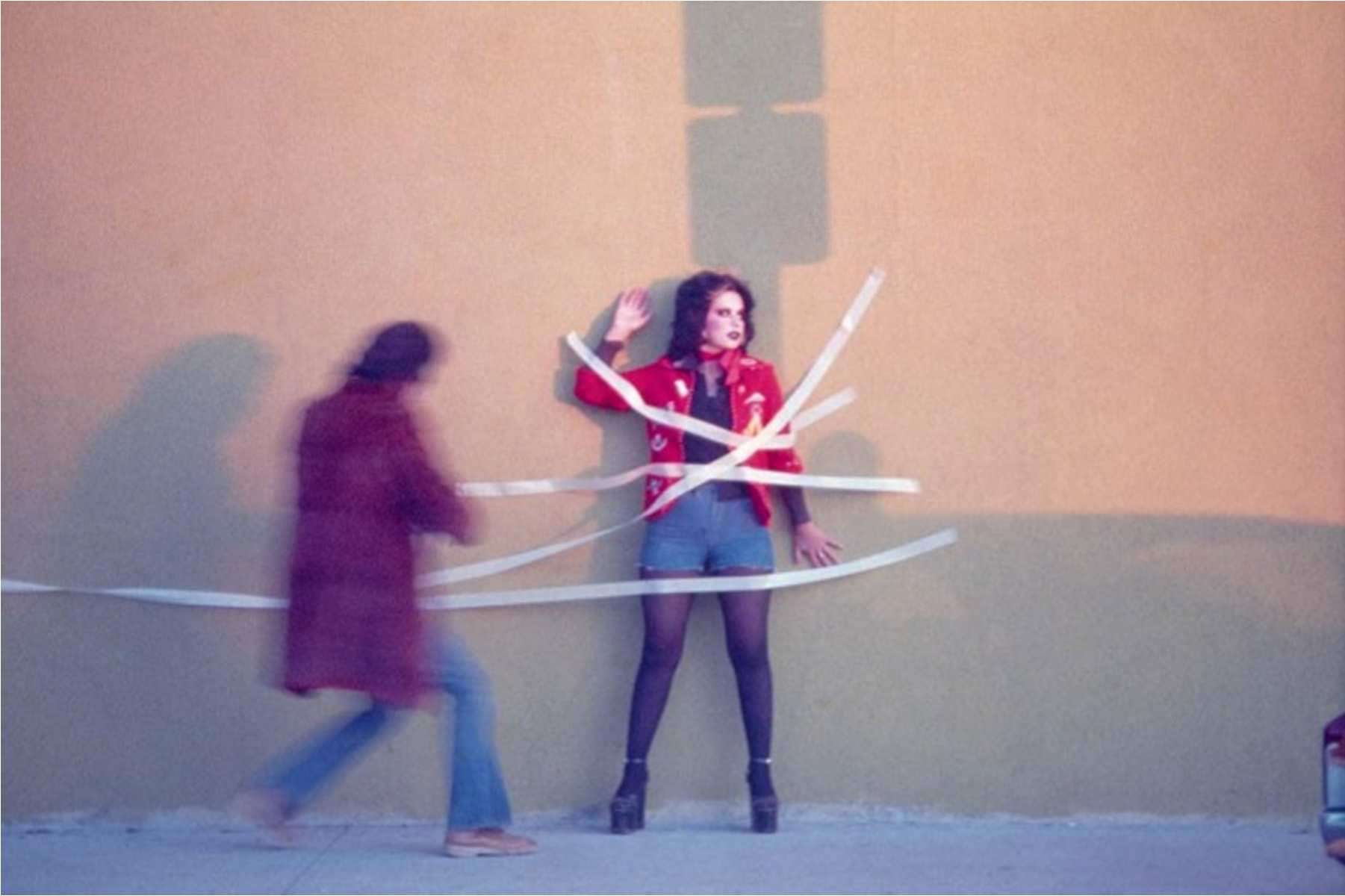Asco, Instant Mural, 1974. Color photograph. 16 x 20 in. Courtesy Harry Gamboa, Jr.
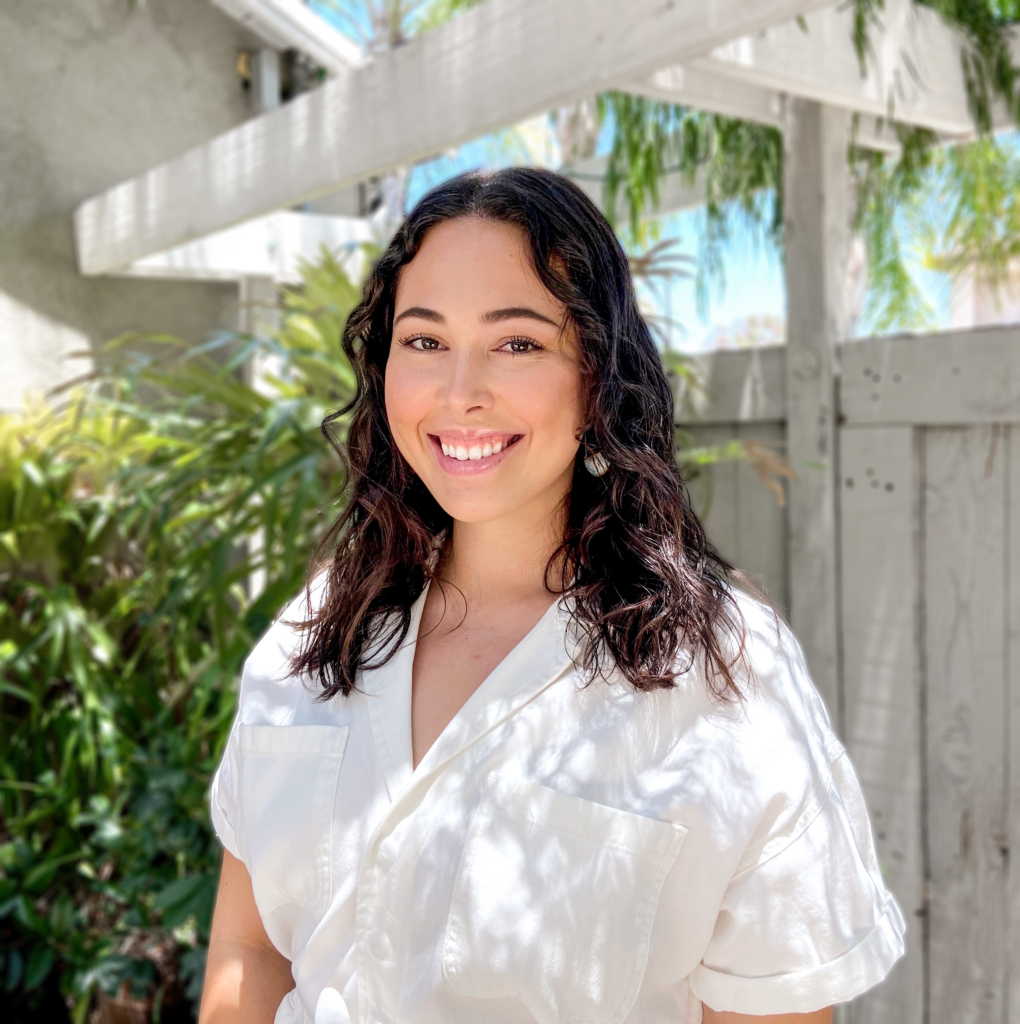
Hi! My name is Alyson, and I’m this year’s Getty Marrow Intern at AMOCA. I recently graduated from Chapman University with a BA in Art History and a minor in Anthropology. My senior thesis was on Asco, an East L.A. based art collective from the 1970s, and largely unknown to those outside of the art world.
The early 1970s marked a period of decline for high-end galleries in L.A., including the Ferus Gallery (which represented commercially successful artists like Ed Ruscha and Ken Price), and the art market remained down until taking off again in the 1980s. This left the 1970s wide open for experimentation, and allowed L.A. based artists to respond more openly to social issues such as the Vietnam War and the Feminist and Chicano Rights movements. The popular Chicano Art during this period was epitomized by groups such as Los Four, an art collective painting mural scenes from Aztlan and collaborating with organizations such as United Farm Workers.
More interesting to me was the art made by Asco, whose members would stage shocking and oftentimes theatrical public performances, such as Spraypaint LACMA (Project Pie in De/Face), from 1972. For this work, Asco members Harry Gamboa Jr., Gronk, and Willie Herron III signed their names on the facade of the L.A. County Museum of Art in order to claim it as the world’s largest work of Chicano Art. The image taken of it the next morning shows Patssi Valdez, the group’s fourth member, posing alongside the graffiti signatures. This work was radical because it challenged the conception that Chicano artists only painted community murals, and were therefore restricted from entering the art historical narrative as pushed by art institutions at the time.
The research for my senior thesis led me to question how art has been historically valued and graded, and the implications of continuing the use of categories like high and low art. High art being art within the classical pantheon, such as painting and sculpting, and low art being craft, functional, and street art, including textiles, ceramics, and murals. In recent years, ceramics and other craft arts, which were historically regarded as low art, have become increasingly popular, with recognition from institutions and the art market following suit. Ceramic works can be incredibly precise and technical in form, but they can also be fun and playful. This allows ceramics to move between the labels of craft and fine art, where a Ken Price work is viewed as a contemporary sculpture bearing artistic excellence, while hand-painted mugs from a production potter are overlooked.
Asco’s decision to stray from the more traditional aesthetics used by their Chicano contemporaries may have been a factor that led to their initial exclusion from the art historical narrative. Alternatively, the risks Asco took in the 1970s are why art historians and museums are excited to be discussing them now; in fact LACMA held a 2011 retrospective for Asco as part of the Getty’s Pacific Standard Time initiative. Ceramics, much like Asco, have been excluded from modern and contemporary art at times because it had been deemed a low form of art. Ultimately, the issue may not be with the definitions assigned to fine art and craft, but more-so with how much respect is given to each within the art world. Seeing museums such as AMOCA present ceramics in a way that places value and importance on clay as an artistic material is really exciting, and I’m honored to be working with this institution.
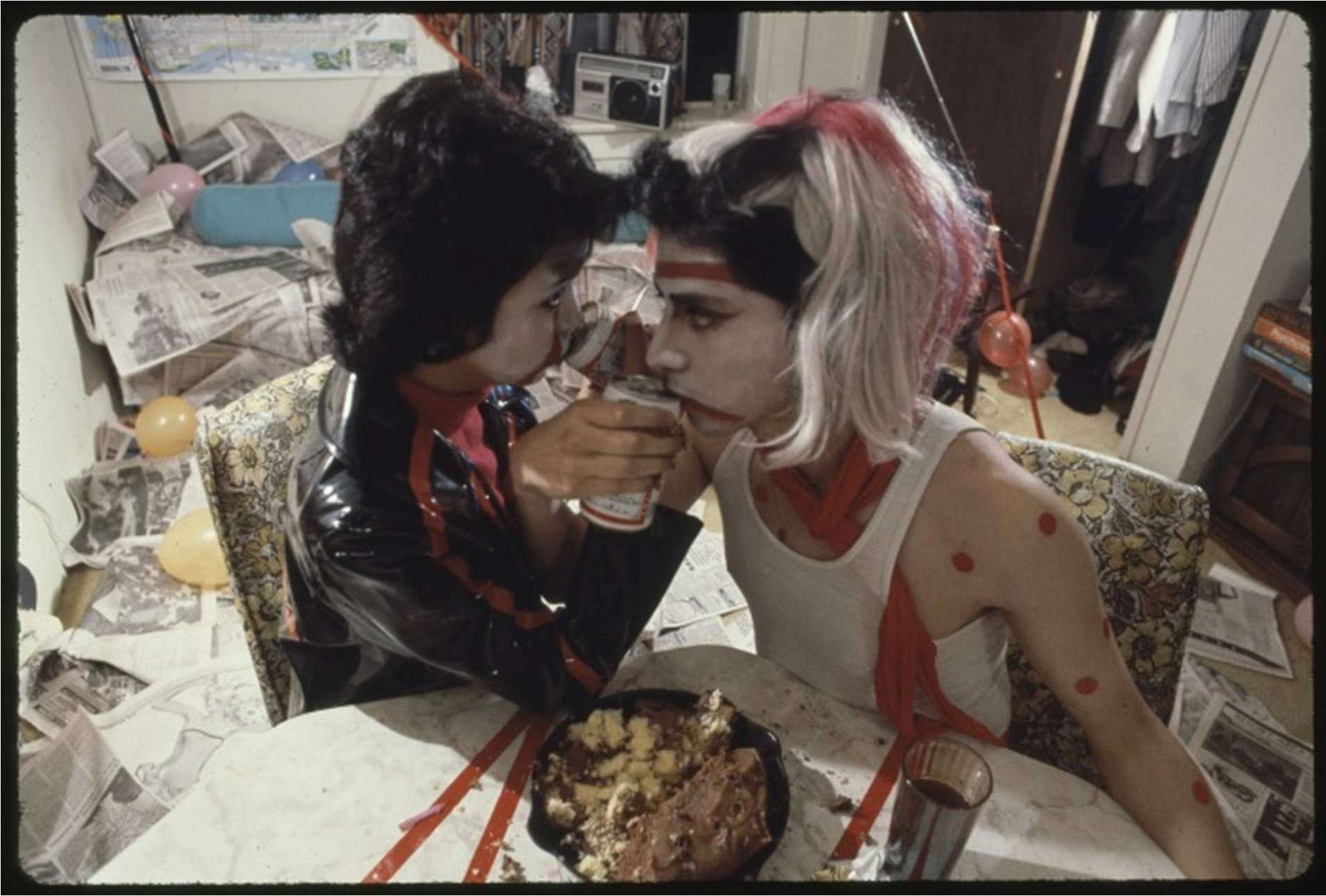
Harry Gamboa Jr. X’s Party (fotonovela), 1983. 35mm slides and audio cassette (transferred to digital format). Department of Special Collections, Stanford University Libraries. 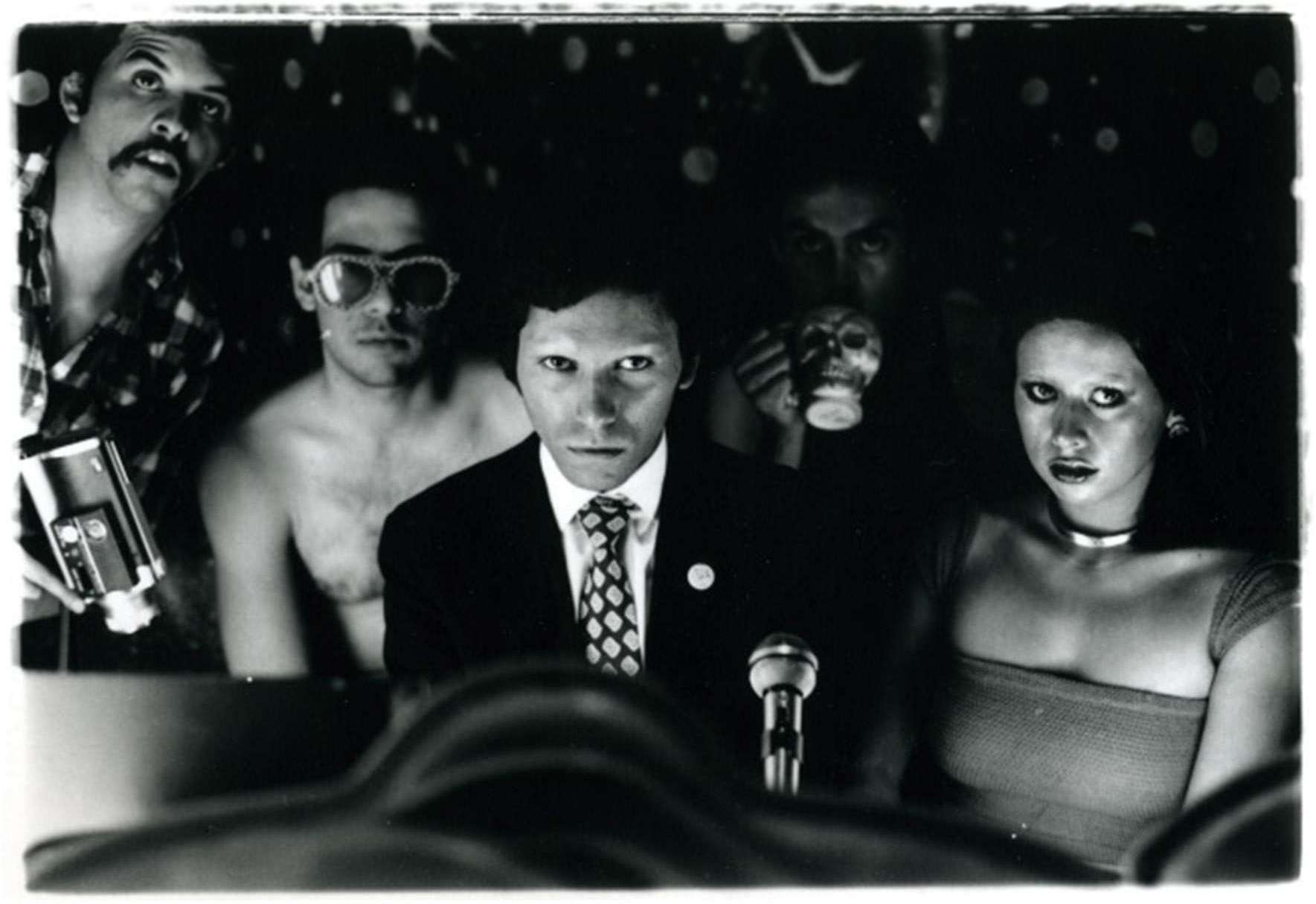
Asco, Asco Goes to the Universe, 1975. Black and white photograph. 16 x 20 in. Department of Special Collections, Stanford University Libraries. 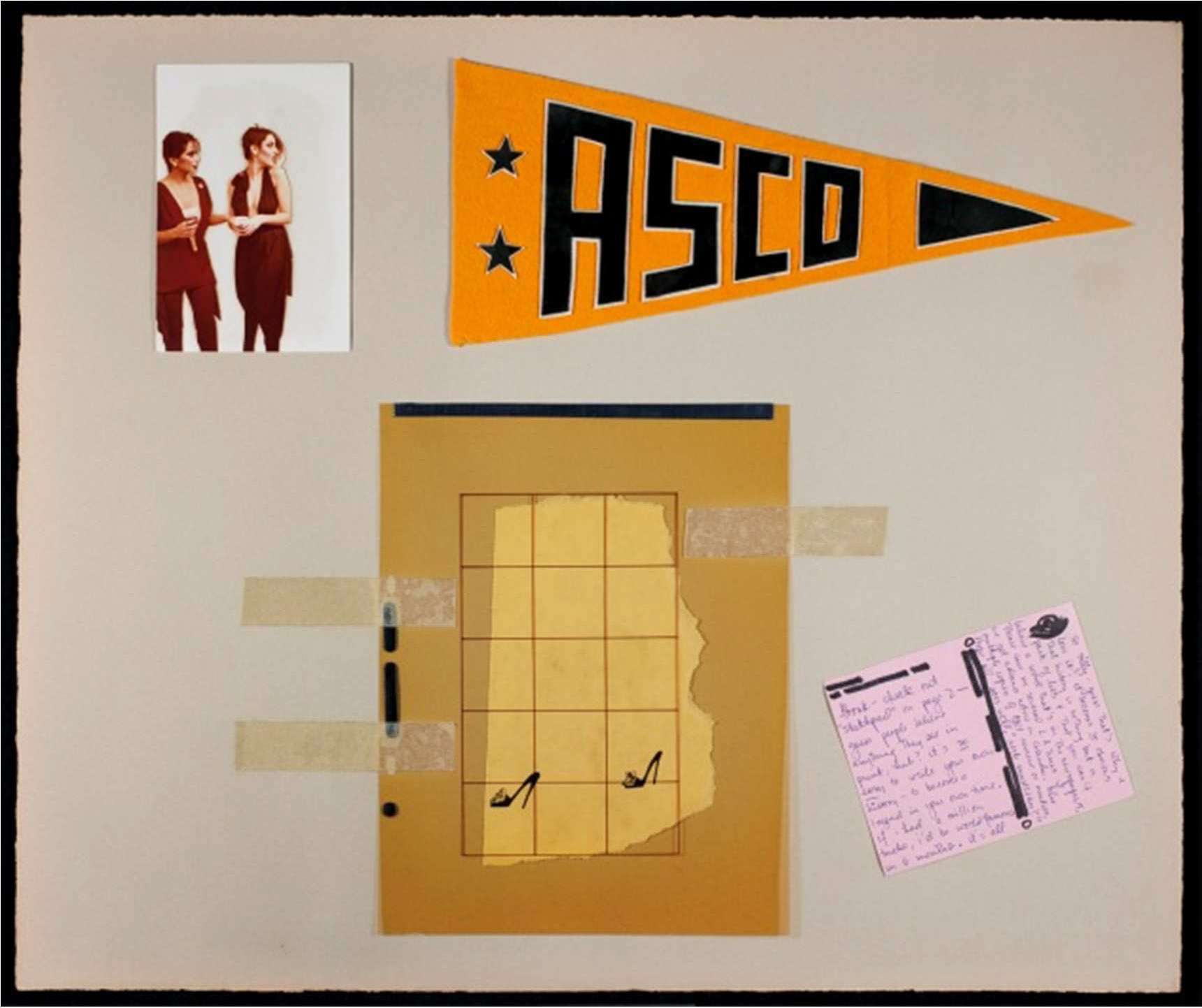
Gronk, Untitled, circa 1978. Mixed media. 20 1/4 x 24 1/4 in. Courtesy of Sean Carrillo and Bibbe Hansen. 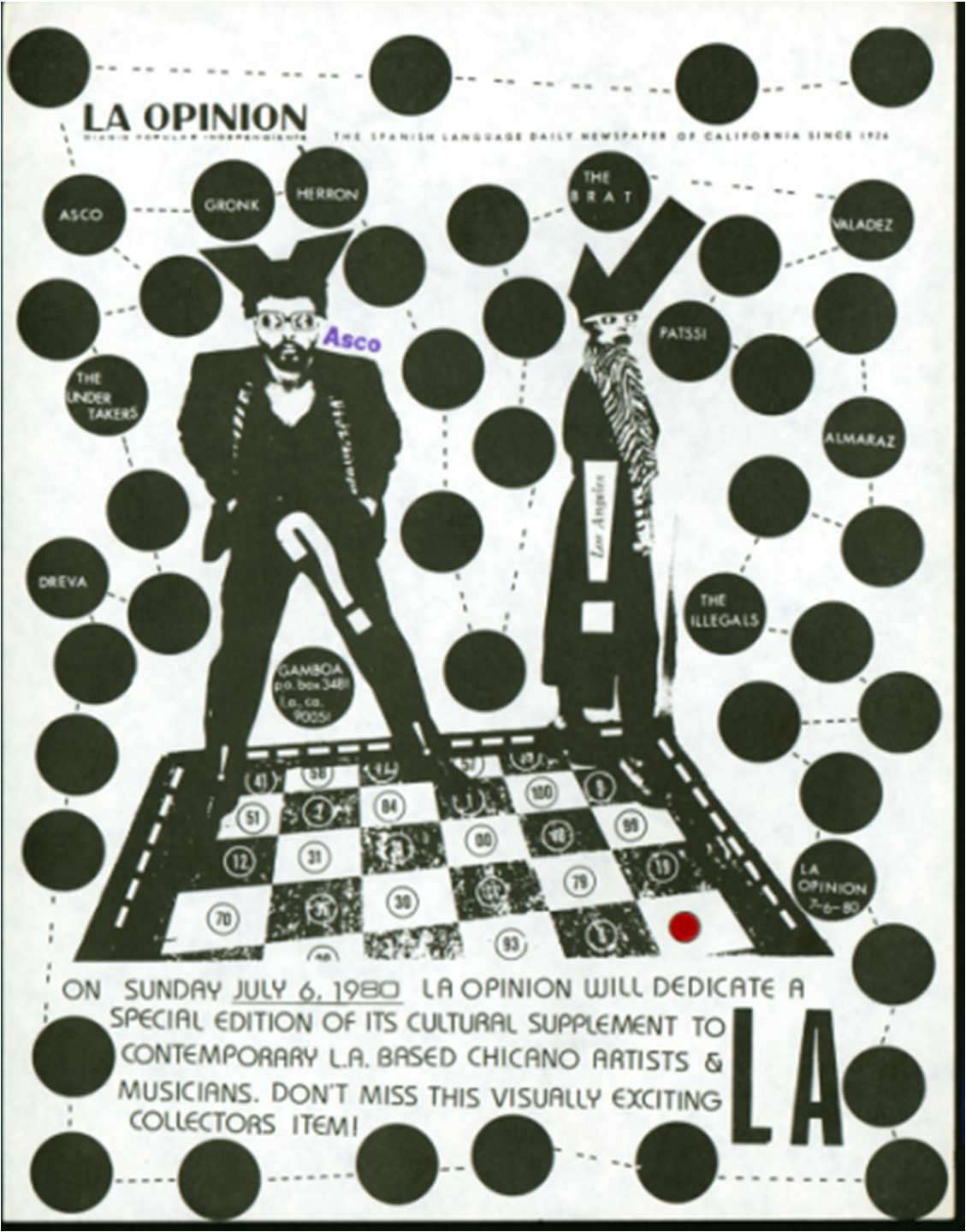
Harry Gamboa, Jr. La Opinion Announcement Flyer, 1980. Black and White xerox collage with stickers and stamp. 11 x 8 1/2 in. Department of Special Collections, University of California, Santa Barbara. 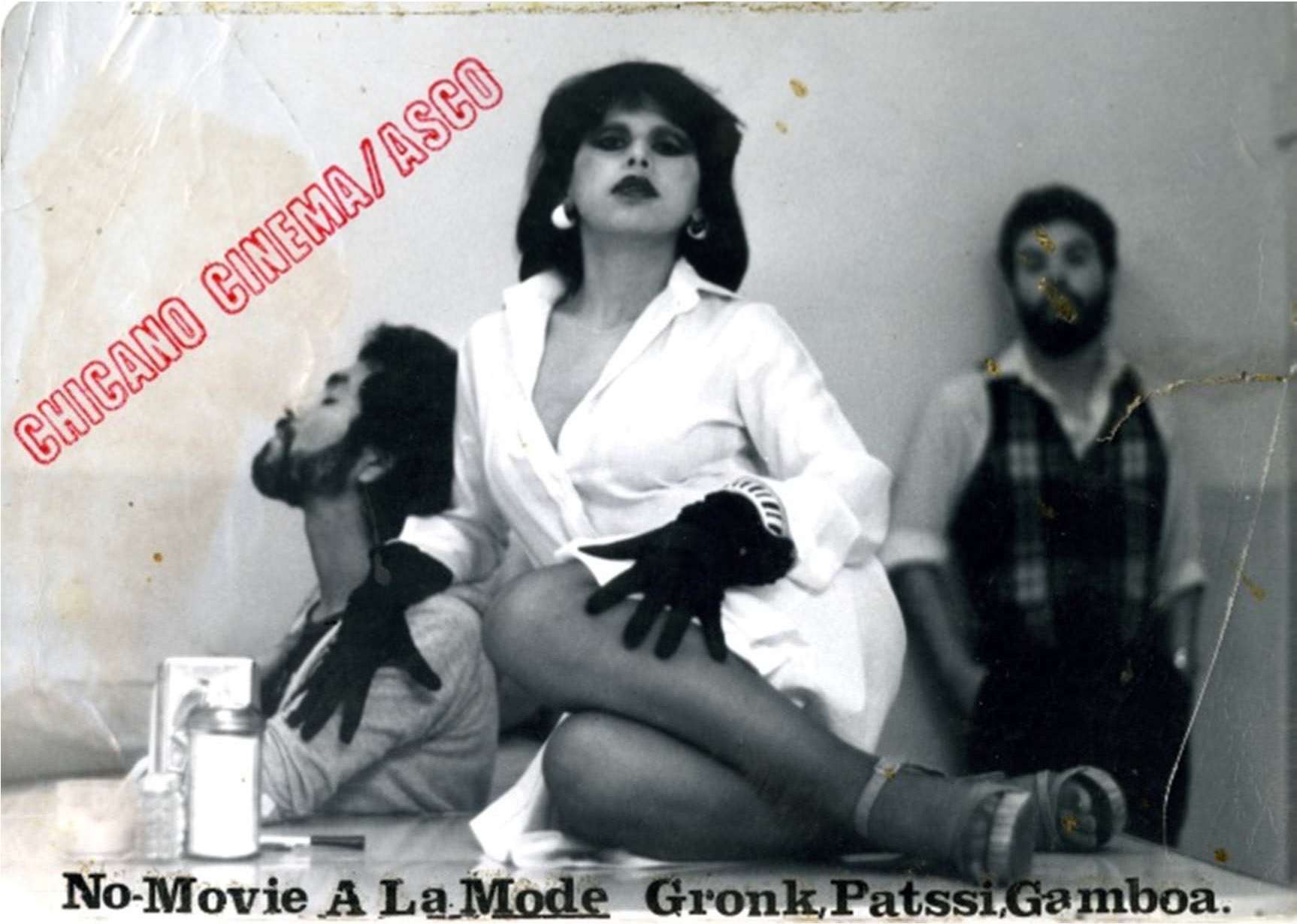
Asco, Cinearte 76 (detail), 1976. Black and white photo and collage on board. 10 x 8 in. UCLA Chicano Studies Research Center Library. 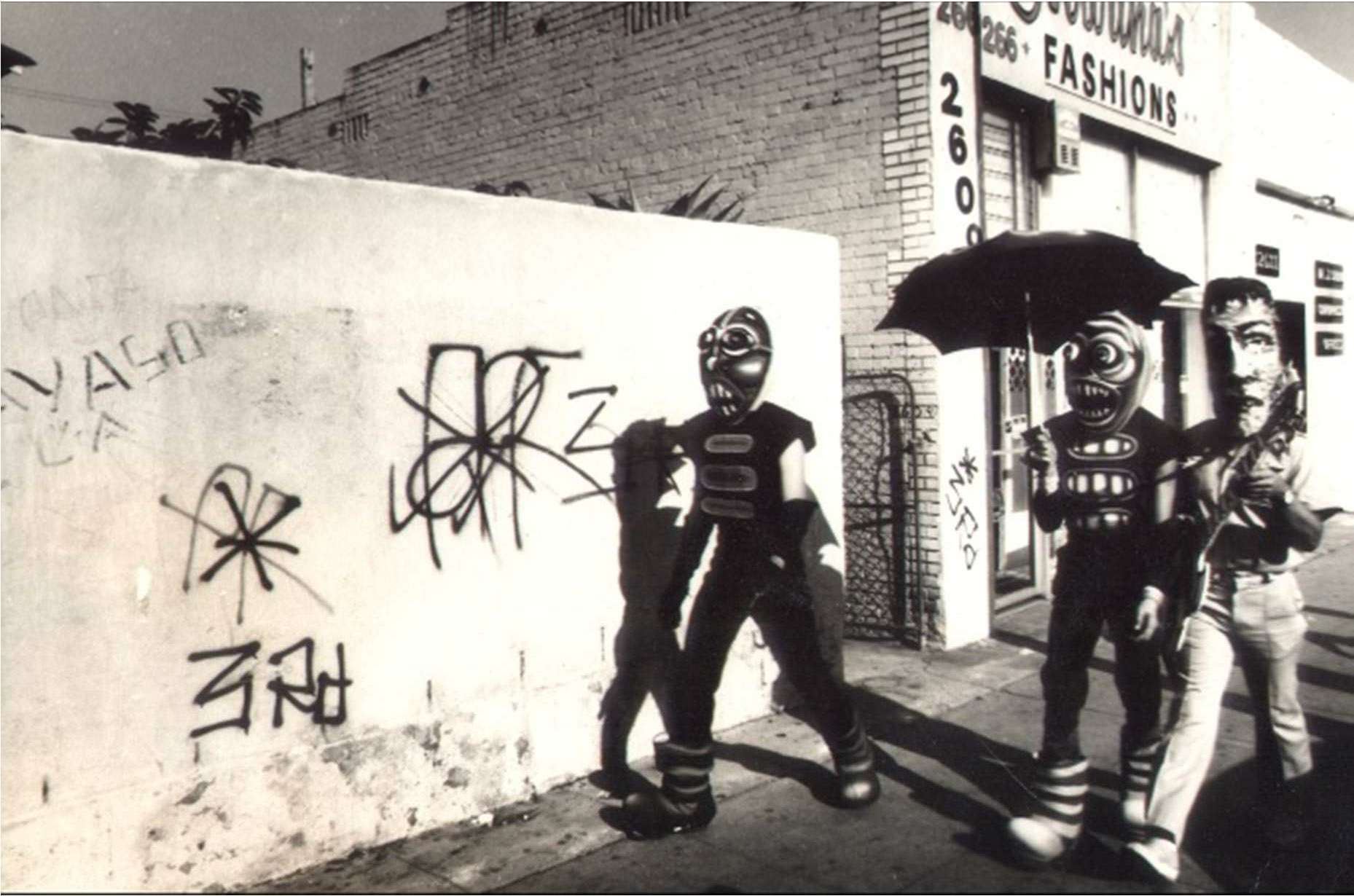
Ricardo Valverde, Asco Days of the Dead Performance, Termites y Guerrero, 1975. Gelatin silver print. 14 x 11 in. Collection of Esperanza Valverde and Christopher J. Valverde, Los Angeles, California.
Interested in learning more? Check out the following related readings:
“Your Art Disgusts Me: Early Asco 1971-75” by Chon Noriega (2010)
Creating the Future: Art and Los Angeles in the 1970s by Michael Fallon (2014)
“Avant-Garde and Kitsch” by Clement Greenberg (1939)
Alyson Brandes is a graduate of Chapman University and a 2020 Getty Marrow Undergraduate Intern at AMOCA. During her internship, Brandes writes periodically for AMOCA.org, and posts on Instagram and Facebook on Tuesdays. Read her blog posts:
- Asco and the Hierarchies of Art
- Feminizing Brutalism: Ruby Neri and Her Giant Vessels
- The Cinematic Roots of Clay
- The Colorful World of Miss Anna Valdez
- Split Vessels: Jenny Hata Blumenfield
- The Legend of Beatrice Wood
- Nicole Seisler: Rituals, Processes and Documentation
- Ashwini Bhat
- Nancy Selvin: The Abstraction of Art History
- New Acquisitions: Trompe l’Oeil
- Kim Tucker’s “Primal Beings, Ghosts, and Human Dummies”
- Blue Boys and Farmers: Howard Kottler’s Queer Plates
- At the Center of Nicki Green
- The Legacy of Sascha Brastoff
- End of Internship Reflection
